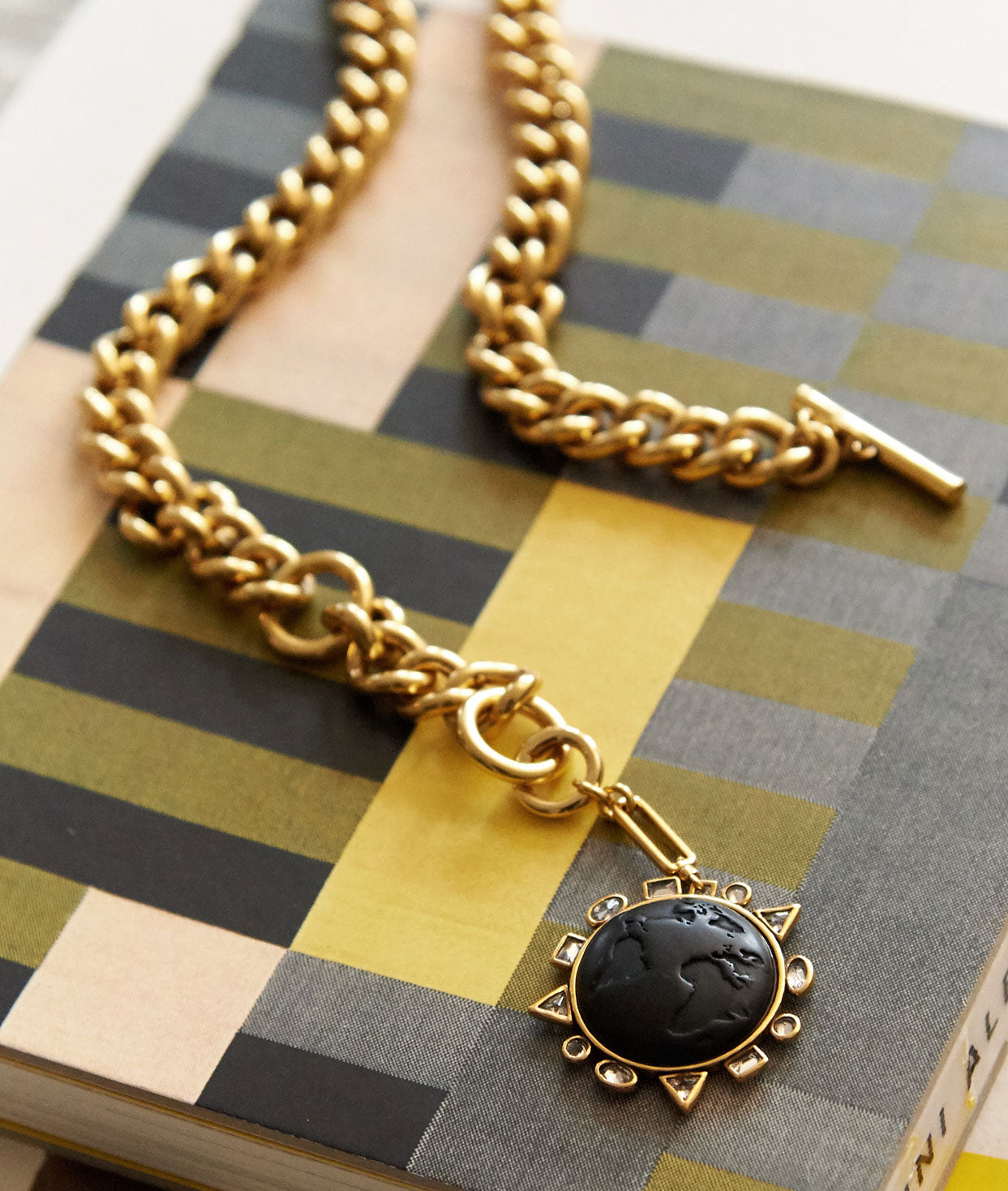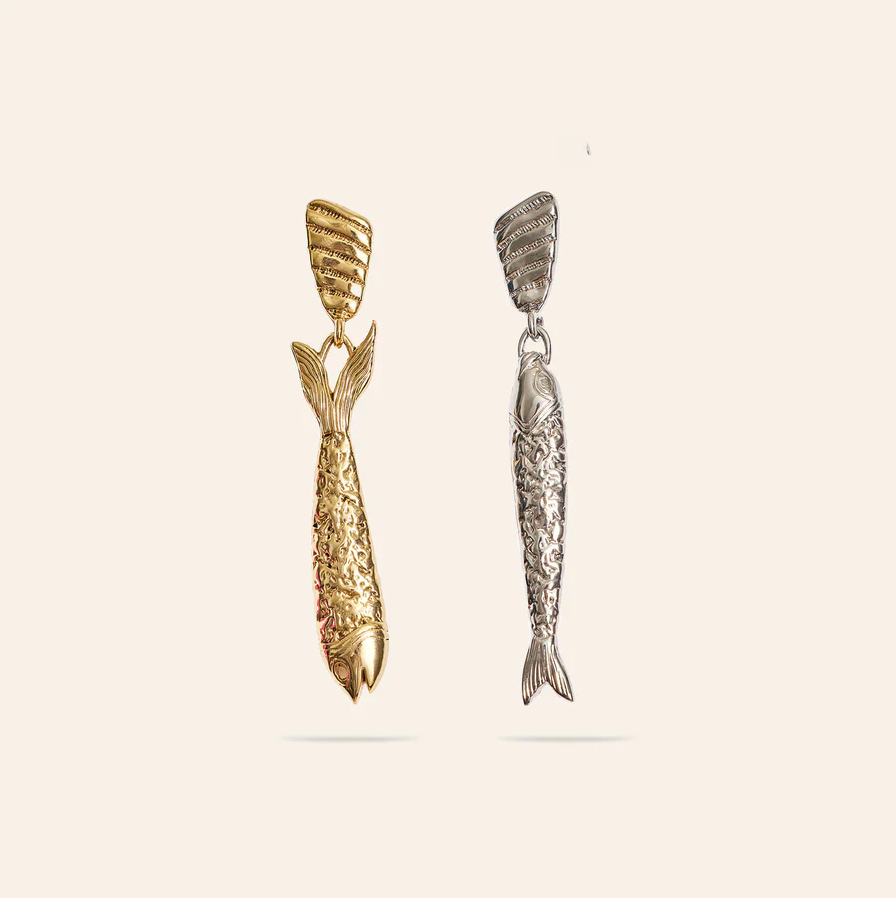
Gold Earrings: Timeless Elegance Through the Ages
Gold earrings have been a staple of jewelry collections for centuries, going beyond trends, cultures, and continents. From ancient civilizations to modern-day fashion runways, these earrings have always symbolized elegance, wealth, and personal style. But what makes gold such a timeless material? And how did these shiny, dazzling pieces evolve into the coveted treasures they are today? Let’s take a journey through history and discover the fascinating tale of gold earrings.
The Ancient Origins: Gold Earrings Symbolize Power
Gold has been treasured by humans for thousands of years, with its radiant color and rarity making it the perfect material for adornment. Some of the earliest evidence of gold earrings dates back to around 3000 BCE in ancient Mesopotamia. Archaeologists have uncovered beautifully crafted gold hoops and studs in tombs, often placed on the bodies of the elite as a symbol of their status and wealth. In many ancient cultures, gold was believed to have mystical properties, offering protection and strength to its wearers.
In ancient Egypt, these earrings were a prominent feature of both men’s and women’s jewelry collections. Pharaohs and queens adorned themselves with elaborate designs featuring gold, often embellished with precious gemstones like turquoise, lapis lazuli, and carnelian. The famous Nefertiti, for instance, is depicted wearing stunning gold earrings in many of her statues and paintings, highlighting how the material was associated with divine beauty and royalty.
Earrings in these early civilizations were not just decorative but served as potent symbols of power, protection, and beauty. This idea would continue throughout history, evolving with the changing times.
Gold Earrings in the Roman Empire: Bold and Opulent
As the Roman Empire expanded, gold earrings became even more elaborate and intricate. Roman women, in particular, loved wearing large, bold pieces of jewelry, and gold earrings were no exception. The Romans were pioneers in creating new earring shapes, introducing dangling designs and innovative uses of gold that incorporated filigree work, a technique that involved twisting and curling gold into delicate patterns. These earrings often featured miniature images of gods, goddesses, or animals, tying the jewelry to Roman mythology and belief systems.

For the Romans, gold earrings weren’t just about wealth but also about personal expression. They were worn by women across all social strata, though the opulence of the designs varied greatly depending on a person’s status. While emperors and nobility flaunted large, gem-encrusted earrings, commoners often wore simpler designs, like the small gold hoop earrings that became a staple for daily wear.
The Middle Ages: Gold Earrings as a Sign of Faith
During the Middle Ages, the rise of Christianity influenced jewelry designs, and these earrings were no exception. While religious symbols became popular, many earrings from this period were adorned with intricate crosses, saints’ images, and other Christian motifs. Gold was still a symbol of divine grace, and many pieces were created to accompany religious ceremonies or to act as talismans offering spiritual protection.

During this time, earrings were often smaller and more modest compared to earlier designs, reflecting the more restrained aesthetic of the period. However, they still held plenty of value, often passed down through generations as family heirlooms. Gold jewelry in the Middle Ages was closely tied to the notion of legacy—pieces were worn and cherished not just for their beauty but for their connection to one’s ancestry and faith.
Renaissance and Baroque Eras: Extravagance and Ornate Designs
The Renaissance brought a revival of classical styles, and these earrings once again became extravagant. This was the era of fine craftsmanship, with goldsmiths creating earrings that were intricate works of art. The Baroque period, following closely behind, saw even more opulent designs, with earrings featuring large gemstones, pearls, and elaborate settings. Gold earrings took on bold, sculptural forms and were often used to make a statement of wealth and sophistication.

During the Renaissance and Baroque eras, earrings also became a major fashion statement for men, a trend that would continue to evolve throughout history. Aristocrats and royals alike wore dramatic, oversized earrings, often designed to complement their larger-than-life clothing and accessories. The interplay of gold and gemstone details made these earrings not just jewelry but true showpieces.
The Victorian Era: Romantic and Sentimental Gold Earrings
As we move into the Victorian era, the earrings took on a more personal, sentimental role. Queen Victoria’s reign marked a shift towards more romantic and meaningful designs, as people sought jewelry to commemorate important events like engagements, weddings, and the birth of children. Gold earrings during this period were often set with diamonds, garnets, or pearls, and sometimes engraved with initials or significant symbols.

This was also the era when the hoop earring became popular in more delicate and refined forms. The intricate details and sentimental value made these earrings treasured keepsakes, passed down through generations.
Modern Times: Gold Earrings as Fashion Statements
Fast forward to today, and gold earrings are no longer just reserved for royalty or the elite. They’ve become a staple of everyday fashion, worn by people from all walks of life. Modern earrings come in a variety of shapes, from classic hoops to sleek studs and minimalist designs to bold, sculptural creations. The rise of gold-plated and gold-filled options has made them accessible to a wider audience without sacrificing the opulence and prestige the material has always represented.

In contemporary fashion, the earrings have taken on a new role as personal expressions of style. Designers are reimagining classic shapes with a modern twist, experimenting with textures, finishes, and mixed metals. Whether it’s a pair of sleek gold hoops to complement a casual outfit or a pair of statement gold earrings to make an entrance at a gala, the versatility of gold earrings ensures they remain as timeless and relevant as ever.
Gold Earrings Today: A Timeless Classic
From ancient Egyptian royalty to modern-day fashion icons, gold earrings have withstood the test of time, evolving while remaining rooted in tradition. As a symbol of wealth, power, and beauty, these earrings continue to captivate, with new generations discovering their enduring allure. Whether you’re drawn to their rich history, the elegance of their design, or the timeless shine of gold itself, there’s no denying that these earrings are as relevant now as they’ve ever been. So, next time you slip on your favorite pair of gold earrings, remember—you’re not just wearing jewelry; you’re wearing a piece of history.Shop our collection of gold earrings and stud earrings to find timeless pieces inspired by the everlasting beauty and warmth of gold.





